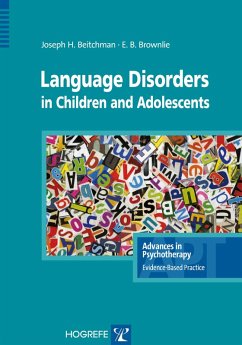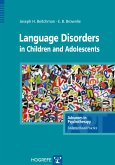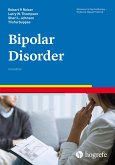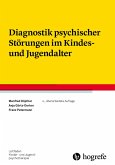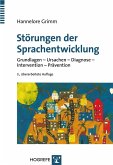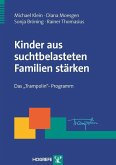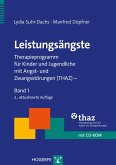Language impairment in childhood and adolescence: presentation, diagnosis, assessment, and empirically validated treatment. As many as half of children and adolescents presenting for mental health services have language impairments, often undiagnosed. This book offers a clear and comprehensive description of language impairment emerging in childhood and its implications for clinical practice with children and adolescents. The book is filled with many clinical pearls and examples of the way language impairment impacts on the child's symptom picture and influences treatment. After discussing ICD-10 and the new DSM-5 criteria, it provides the reader with an easy-to-follow plan on how to conduct the assessment with the child and parents, and the steps to take in initiating treatment. Unique modifications to empirically validated treatments are recommended for language-impaired children with comorbid anxiety or disruptive behavior disorders. Anyone who works with children and adolescents will benefit from this book.
Dieser Download kann aus rechtlichen Gründen nur mit Rechnungsadresse in A, B, BG, CY, CZ, D, DK, EW, E, FIN, F, GR, H, IRL, I, LT, L, LR, M, NL, PL, P, R, S, SLO, SK ausgeliefert werden.

